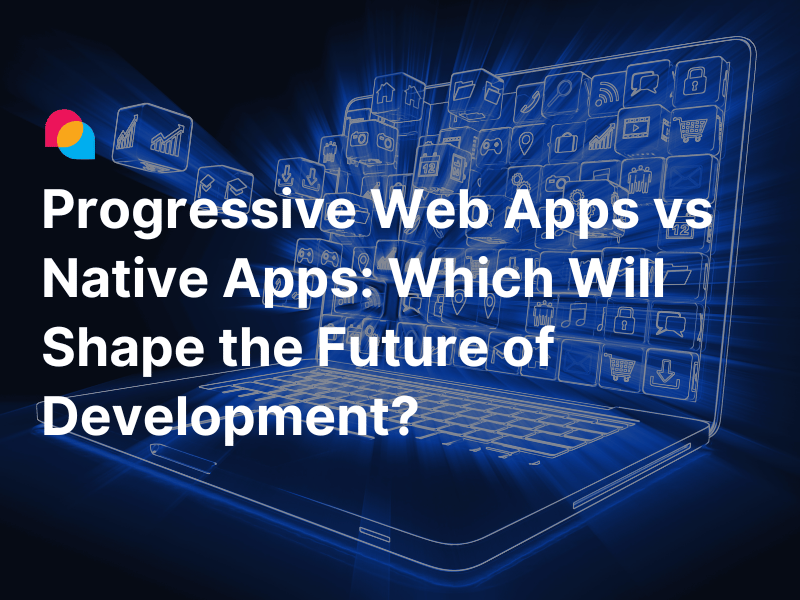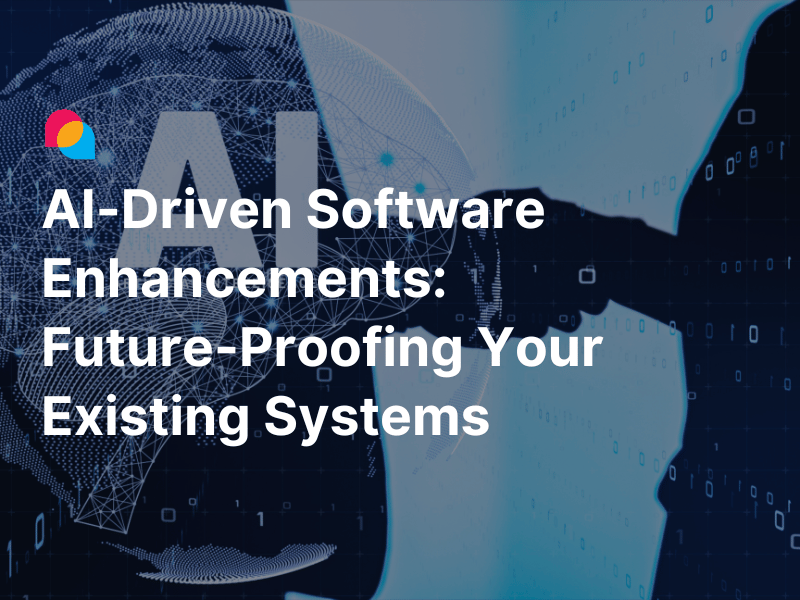If you’re part of the tech world, you’ve probably heard endless debates about serverless and containers. Both have their merits, and both come with their own set of challenges. As more businesses race to implement cloud-native strategies, this conversation isn’t going anywhere anytime soon. But the real question isn’t about which one sounds cooler; it’s about which one will actually work for your business needs.
You see, these aren’t just buzzwords to throw around in a meeting. Choosing between serverless and containers can define how quickly you go to market, how much you spend on infrastructure, and ultimately, how your team collaborates on product delivery. So, let’s cut through the jargon and get to the heart of it: Which one fits best?
The Cloud-Native Shift: Why It Matters
The push for cloud-native applications isn’t just about moving away from on-premise solutions. It's about giving your team the tools they need to develop and deploy faster, more efficiently, and at scale. This shift has been game-changing, allowing teams to focus more on solving business problems and less on managing servers.
But here’s the catch: Not all cloud-native technologies are created equal. Just like we’ve had debates over frameworks, programming languages, and design patterns, serverless and containers bring their own nuances into the picture. The way we build, deploy, and scale applications will depend on how we understand these tools.
So, What’s the Difference?
Let’s break it down.
Serverless: Simplifying the Journey
Imagine writing a piece of code, deploying it, and never worrying about scaling it or maintaining servers. That’s what serverless computing offers. Cloud providers like AWS Lambda, Google Cloud Functions, and Azure Functions handle the entire infrastructure for you.
Serverless takes away the complexity. There’s no need to worry about managing servers, scaling them, or setting up availability zones. You just deploy your function, and the cloud provider does the rest. The best part? You only pay for the time your code is actually running, which makes it incredibly cost-effective.
But it’s not all sunshine and rainbows. Serverless is great for stateless workloads, but it’s not designed for long-running applications. And if you need high levels of customization, serverless might not give you the flexibility you need.
Containers: Total Control, Total Power
On the other hand, containers are all about portability and control. A container bundles everything an app needs to run; dependencies, configuration, code; into a single, consistent unit. Whether you’re deploying it locally, on a cloud platform, or on a physical server, containers ensure that the app will run the same way everywhere.
Tools like Docker and Kubernetes have made containerization a must-have for modern development. Containers give you the freedom to choose your environment. They let you fine-tune every aspect of your app’s setup, from the operating system to how it communicates with other services.
This makes containers ideal for complex, stateful applications; think databases, legacy apps, or services that need to maintain persistent states over time. Unlike serverless, containers let you handle everything from storage to networking, making them a great fit for applications that need more control.
Core Differences: Where Serverless Shines, Where Containers Excel
At the heart of the debate lies how scalability, cost, and control are handled. Here’s a quick snapshot:
|
Feature |
Serverless |
Containers |
|
Management |
Managed entirely by the provider |
Managed by the developer (or orchestrator) |
|
Cost Efficiency |
Pay only for usage |
Pay for allocated resources, regardless of use |
|
Scalability |
Automatic, based on usage |
Requires manual or orchestrated scaling |
|
Flexibility |
Limited (abstracted environment) |
High (full control over the environment) |
|
Ideal Use Cases |
Event-driven, stateless workloads |
Stateful, long-running applications |
Why Serverless?
Cost-Effective Scaling
Serverless allows you to scale instantly without paying for idle time. If your traffic spikes, serverless can scale up automatically. When traffic drops, it scales back down. That means you’re only paying for what’s actively being used. This is huge for apps with fluctuating usage or unpredictable traffic.
Speed to Market
Time is money. Serverless is fast; there’s no need to spend weeks provisioning and maintaining servers. You can spend your time writing business logic, and the platform takes care of the rest. This means your team can deploy faster and focus more on what matters most: building features.
Simple, Event-Driven Workloads
Serverless is also perfect for event-driven applications. Think about systems that respond to triggers; like a payment gateway that fires off a function when a transaction occurs. It doesn’t need to maintain state, and the processing time is typically short. Serverless excels here, scaling up to handle thousands of events without breaking a sweat.
Read More:
Why Containers?
Total Control and Customization
If your app needs a custom environment, containers let you define exactly what’s needed. You get to choose your operating system, dependencies, network settings, and more. This is crucial for applications with specific needs or those that need to be finely tuned to a particular environment.
Portability Across Platforms
Containers are platform-agnostic. Whether you’re using AWS, Google Cloud, or running everything on your own data center, containers make it easy to move workloads across different environments. This portability is a game-changer for companies that want flexibility across cloud providers or need to avoid vendor lock-in.
Stateful Applications
Containers are ideal for managing stateful applications; like databases or services that need persistent storage. Serverless doesn’t maintain state between function invocations, but containers keep everything intact, making it easy to run complex applications that need long-term stability.
Read More:
- Migrating Legacy Applications to Cloud-Native Architecture: A Step-by-Step Plan
- Cloud Cost Optimization: Balancing Performance and Budget
- Cloud-Native Development: Building Resilient Applications
The Decision: When to Choose What?
Here’s the kicker: There’s no one-size-fits-all solution. It depends on your specific needs.
- Go serverless if you’re building an event-driven, stateless application that requires quick scaling and a pay-as-you-go model. It’s ideal for lightweight, dynamic workloads that don’t need extensive customization.
- Choose containers if you need full control over the environment, need to run stateful applications, or have complex workloads that require specific configurations. Containers are also great if you want to run applications across multiple clouds or hybrid environments.
In Conclusion: A Cloud-Native Strategy Built on the Right Tools
Deciding between serverless and containers isn’t about picking one over the other; it’s about understanding where each fits best. With serverless, you get a simple, cost-effective, and scalable solution that’s perfect for short-lived, event-driven functions. But for those complex, long-running applications that need full control over their environment, containers are the way to go.
As cloud-native technologies continue to evolve, the lines between serverless and containers will likely blur. But by understanding the strengths and limitations of both, you can build a strategy that suits your goals, scales with your business, and keeps your team focused on what matters most; delivering great software.





